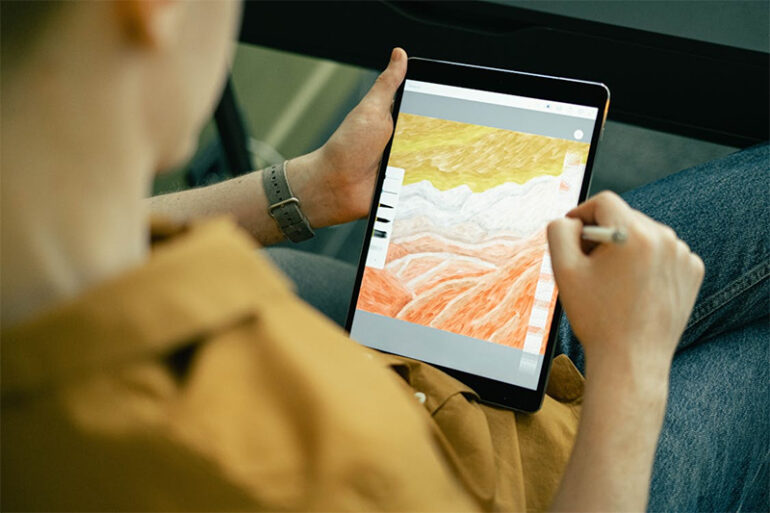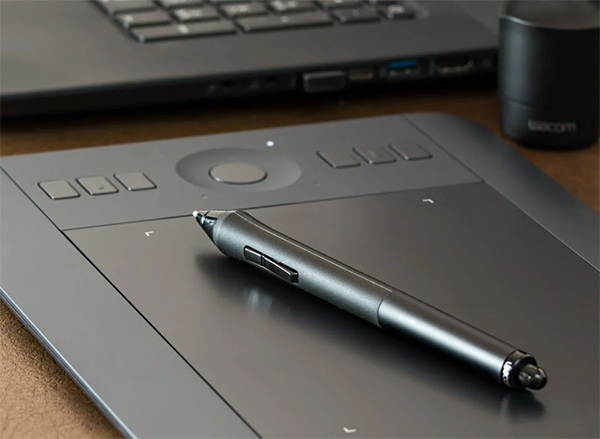The development of artificial intelligence art generators represents a turning point in the history of creative expression since it gives people hitherto unheard-of chances to interact with art in new directions. These instruments not only help to create aesthetically appealing works but also encourage a more general conversation about the junction of technology and creativity by using the power of complex algorithms. Artists and fans investigating the possibilities of artificial intelligence are reevaluating originality, collaboration, and the fundamental notion of creativity, therefore indicating a radical change in how art is thought, produced, and valued.
The Rise of AI Art Generators
The creative scene has been changed by the development of artificial intelligence art generators, which let both artists and non-artists create visually arresting pieces with little work. These tools let users create original works reflecting different styles and themes by analysing enormous databases of current art using sophisticated algorithms and machine learning approaches. A larger audience is interacting with artistic production as accessibility rises, which fuels conversations about originality, authorship, and the part technology plays in the creative process. This change questions conventional ideas of what defines creative value and expression as well as democratises art creation.
Impact on Traditional Artistic Practices
The incorporation of artificial intelligence art generators has caused major changes in conventional artistic practices and driven artists to reconsider their ideas and techniques. Rather than substitutes, many artists are using these technologies as collaborators, combining machine-generated outputs with human intuition to investigate fresh creative paths. This blending can produce surprising outcomes and creative ideas, therefore enhancing the artistic conversation. Some traditionalists, meanwhile, worry that depending too much on technology could weaken the core of personal expression and workmanship. The future of art is shaped as artists negotiate this changing terrain by the conflict between adopting new technologies and conserving old skills.
Ethical Considerations in AI Art
The emergence of art created by artificial intelligence begs serious ethical issues about ownership and authorship. Copyright violation and the possibility for plagiarism grow even more important as algorithms produce works based on current trends and imagery. Using AI tools that might draw on original works without authorisation raises questions for artists and creators. Furthermore, the issue of whether AI-generated art can be really creative questions accepted notions of artistry. Establishing clear rules and ethical standards becomes crucial as the lines between human from machine-generated material blur allow one to appropriately negotiate this challenging terrain.
The Future of Artistic Expression
The terrain of artistic expression is set for major change as technology develops. New tools and platforms will probably improve cooperation between human artists and artificial intelligence, therefore promoting creative ideas. New genres and artistic expressions challenging accepted limits could result from this confluence. Moreover, educational institutions might modify courses to incorporate artificial intelligence literacy, so arming next generations of artists to negotiate this changing world. The continuous discussion on the use of technology in art will influence not just personal methods but also cultural ideas of creativity, therefore altering what it means to be an artist in a society undergoing fast change.
The development of artificial intelligence art generators marks a turning point in the evolution of artistic expression since the interaction of human creativity with technical progress creates fresh directions for investigation. Artists changing with the times are not only redefining their methods but also questioning society’s definition of uniqueness and inventiveness. This continuous change stimulates a review of the fundamental core of art and motivates a future in which cooperation between human and machine creates a more varied and rich artistic environment.
Photo Attribution:
1st & featured image by https://www.pexels.com/photo/person-drawing-on-a-tablet-4238489/
2nd image by https://www.pexels.com/photo/pen-on-gray-e-book-reader-301792/

